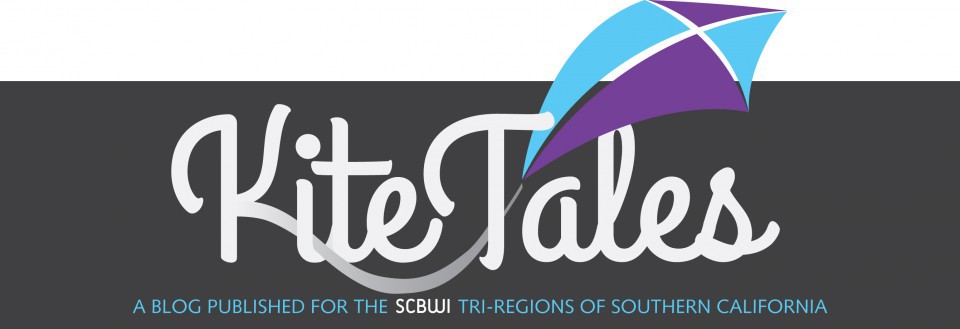Tags
Cintiq, digital illustration, how-to, illustrator tips, illustrators, Stephanie Olivieri, tools, Wacom
 Illustrator and animation artist, Stephanie Olivieri, takes us on her journey from pencil to pixel in this quarter’s “Illustrator’s Gallery.” Read on for tools, tips, and encouragement if you’re looking to switch from hand drawing to digital, are deciding if you should, or would just like to compare digital notes with another fantastic illustrator!
Illustrator and animation artist, Stephanie Olivieri, takes us on her journey from pencil to pixel in this quarter’s “Illustrator’s Gallery.” Read on for tools, tips, and encouragement if you’re looking to switch from hand drawing to digital, are deciding if you should, or would just like to compare digital notes with another fantastic illustrator!
I made the transition from hand drawing to drawing on the computer officially in 2012. It was something that I fought against for years, saying that people still needed and loved traditional art, but now that I’m digital, I have found that it’s invaluable. I sometimes will do a mixed media piece, but the freedom that an artist has once on the computer is amazing. I find that with enough practice, an artist can mimic traditional illustration and painting, with the biggest difference being drying time and the ability to make changes easily.
 Some tools that helped me switch are:
Some tools that helped me switch are:
- Using a Cintiq by Wacom, and drawing right onto the screen, just like we do with paper.
- Using Sketchbook Pro as my first transition software. It’s the closest thing to drawing by hand that I’ve found. It’s cheap and super easy to use. I used Photoshop before I got the Cintiq and did the drop bucket thing with colors, but Sketchbook Pro is just so much easier to use, and the tools are very easy to get that hand drawn look.
- Time. It takes time – just like learning how to use traditional tools. I have done probably over 5,000 drawings on the computer, possibly more. I stopped counting a couple years ago.
- Using a combination of software. I like the aforementioned Sketchbook Pro the best, but I also use Photoshop, Illustrator, and Painter X3. There are others as well.
 My suggestion to any artist feeling like they need to make the transition is to start slow, and if you can’t afford a Cintiq then get a tablet. Avoid the Wacom Intuos though. While it’s a great product, you need one that you can draw right onto the screen. You can do this on iPad, HP Tablets, Acer, and many more. Also, Cintiq has a cheaper one called the Companion.
My suggestion to any artist feeling like they need to make the transition is to start slow, and if you can’t afford a Cintiq then get a tablet. Avoid the Wacom Intuos though. While it’s a great product, you need one that you can draw right onto the screen. You can do this on iPad, HP Tablets, Acer, and many more. Also, Cintiq has a cheaper one called the Companion.
What’s great about being digital is that you can change things very easily if you work in layers. Even if you don’t usually, you can make changes instead of redrawing the entire piece. If you’re used to oil painting, there is literally no drying time. It’s amazing.
 Another benefit that I found is that my arm, wrist, and hand no longer hurt. When I was doing animation by hand on paper, everything hurt all the time. We used to joke at Disney about having “The Claw,” which is from a Jim Carrey film, because that is what would happen. Now that I’m on the Cintiq, it never does.
Another benefit that I found is that my arm, wrist, and hand no longer hurt. When I was doing animation by hand on paper, everything hurt all the time. We used to joke at Disney about having “The Claw,” which is from a Jim Carrey film, because that is what would happen. Now that I’m on the Cintiq, it never does.
All of my work shown here was done on the computer with different programs. These are ones that people often think were done on paper, and that is the best compliment I can hear. It means I made this transition smoothly. And so can you.
Stephanie Olivieri is an illustrator and a writer, illustrating cartoons by day and writing gritty YA by night. If you would like more samples or information, check out her website: www.stepholivieri.com.


Reblogged this on Steph Olivieri Writer's Blog and commented:
My day job!!
LikeLike